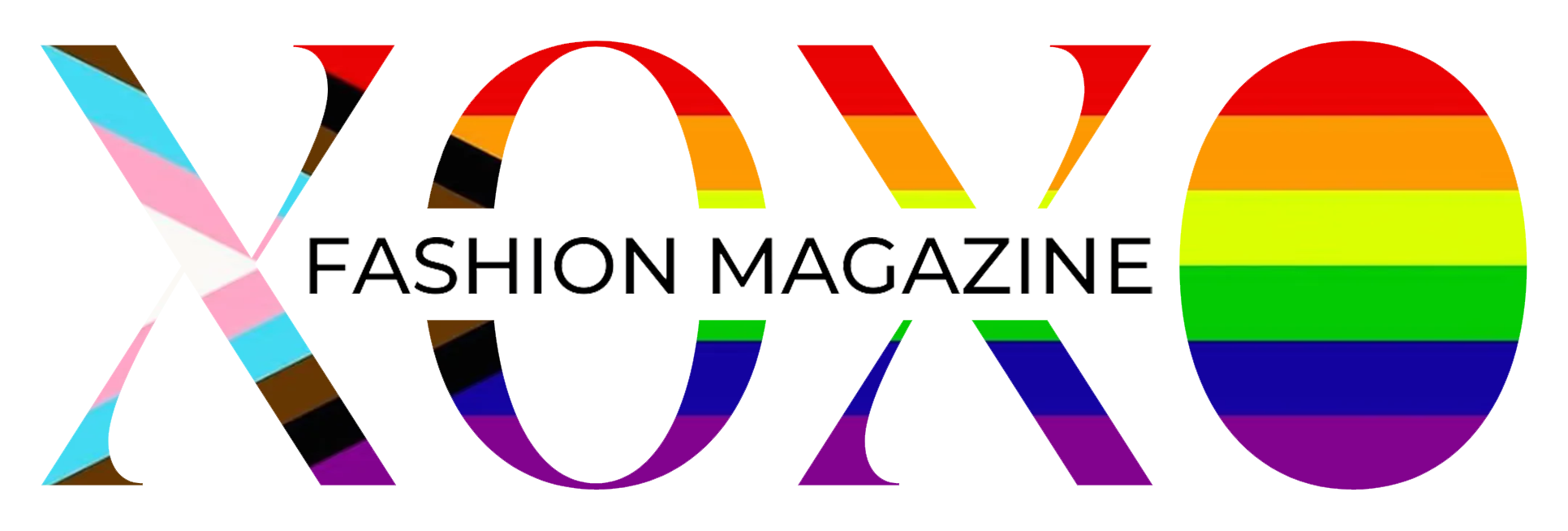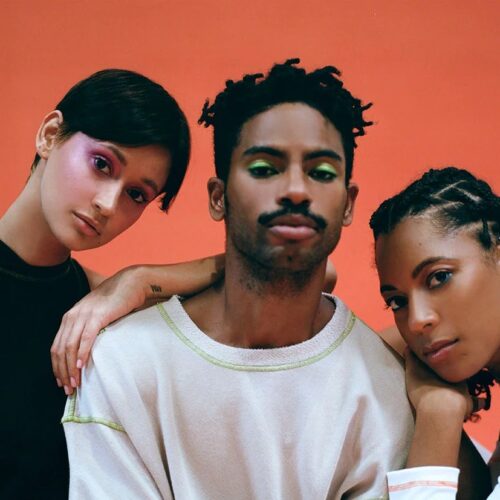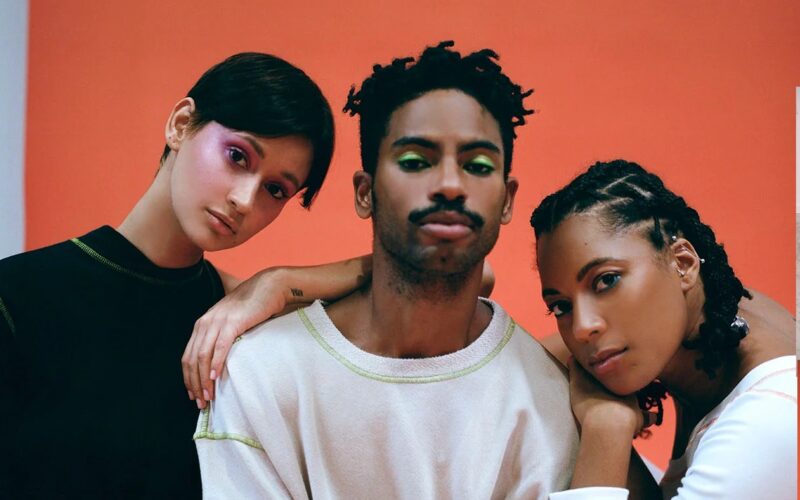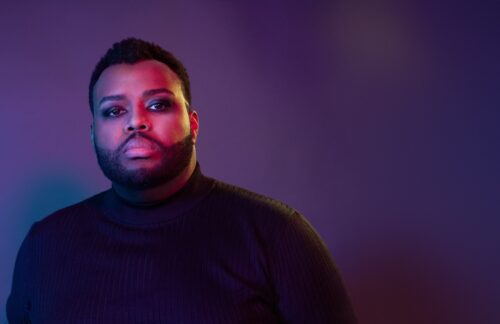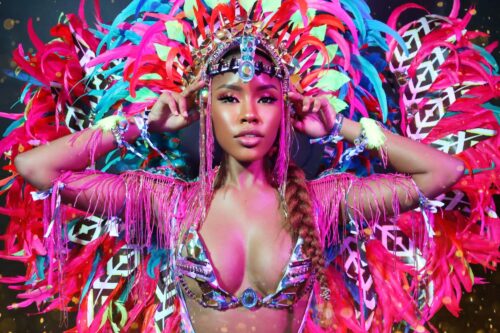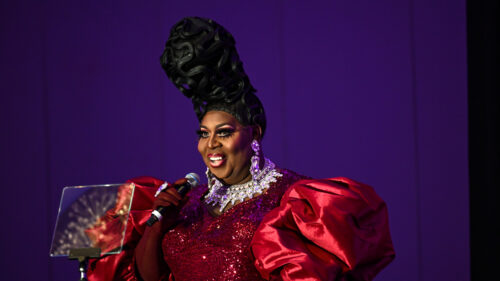Pride fashion has always been about more than sequins and rainbows. In 2025, it’s a political statement, a celebration of self-love, and a canvas for identity. From the sidewalks of Brooklyn to the floats of the NYC Pride March, the community is rejecting generic rainbow merch and embracing fashion that speaks to who they are, on their own terms.
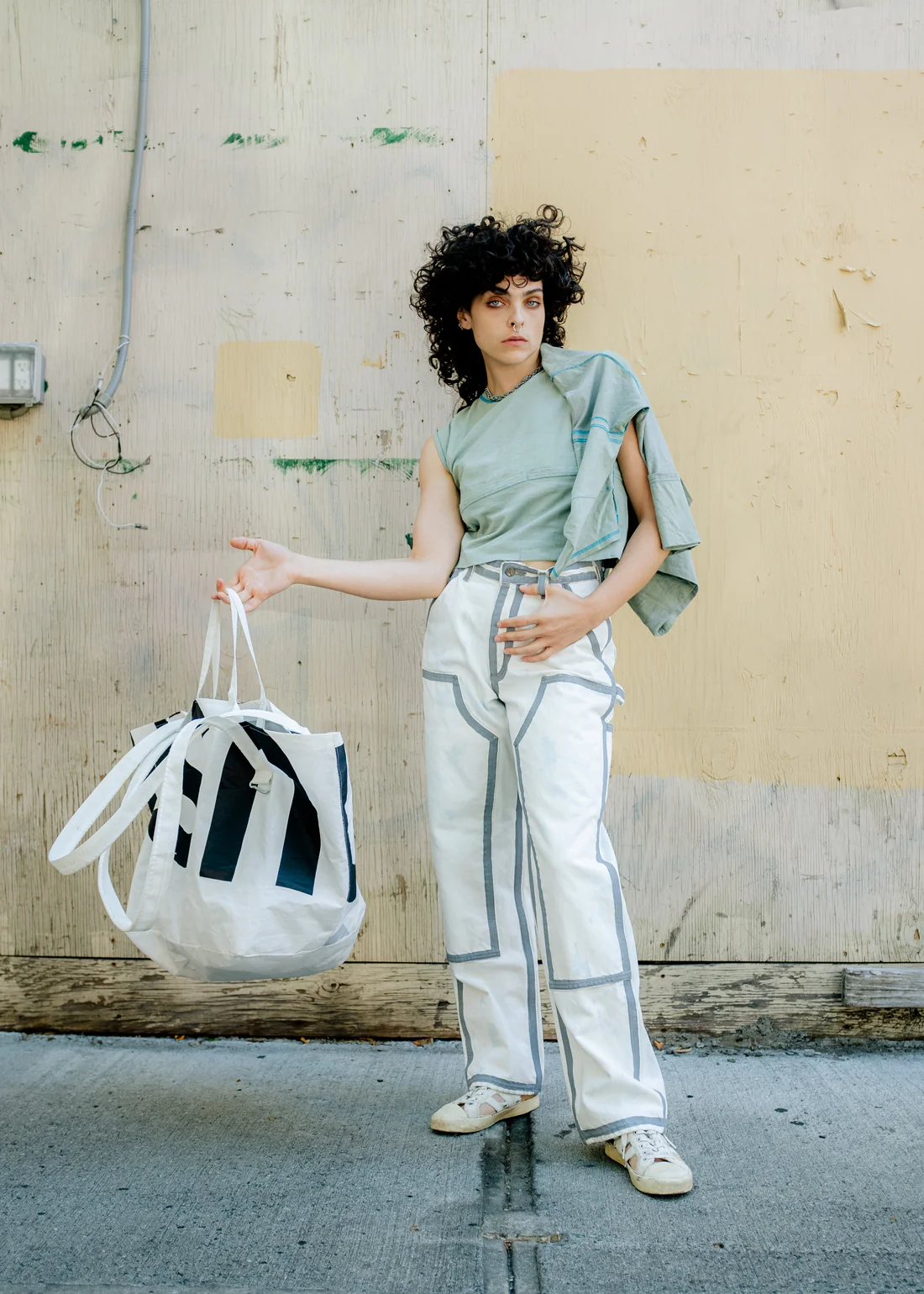
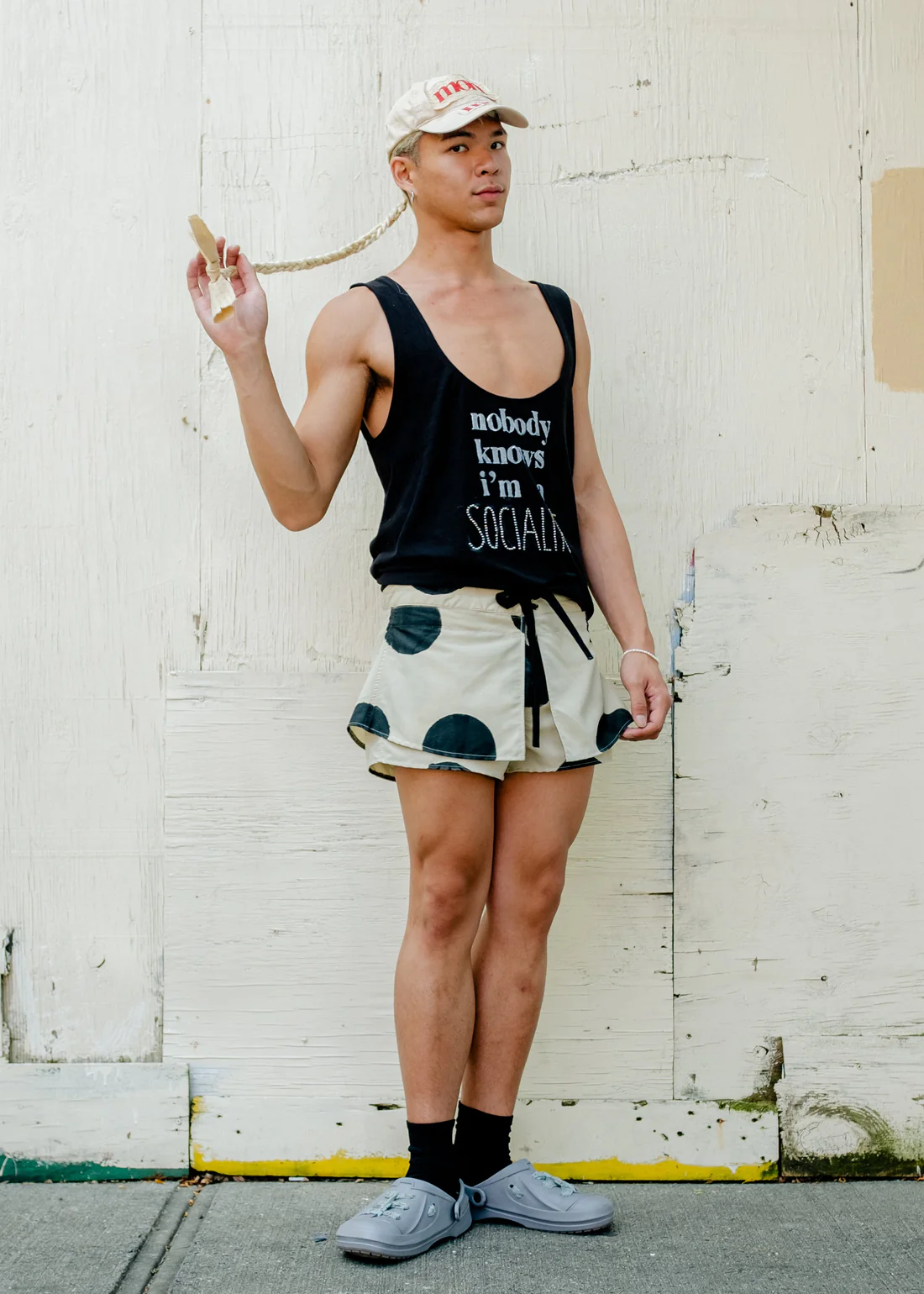
As someone who has spent years learning from the vibrancy and complexity of queer style, I’ve noticed that this year, queer fashion is marked by a deep connection to personal storytelling. Designers like MI Leggett of Official Rebrand are leading the way by transforming reclaimed clothing into expressive, gender-neutral garments that prioritize sustainability and individual identity. Other indie brands, such as Berriez and Phlemuns, are remixing nostalgia, streetwear, and body inclusivity into eye-catching looks that defy categorization. Their collections blur the lines between high fashion and the everyday, being both accessible and aspirational.
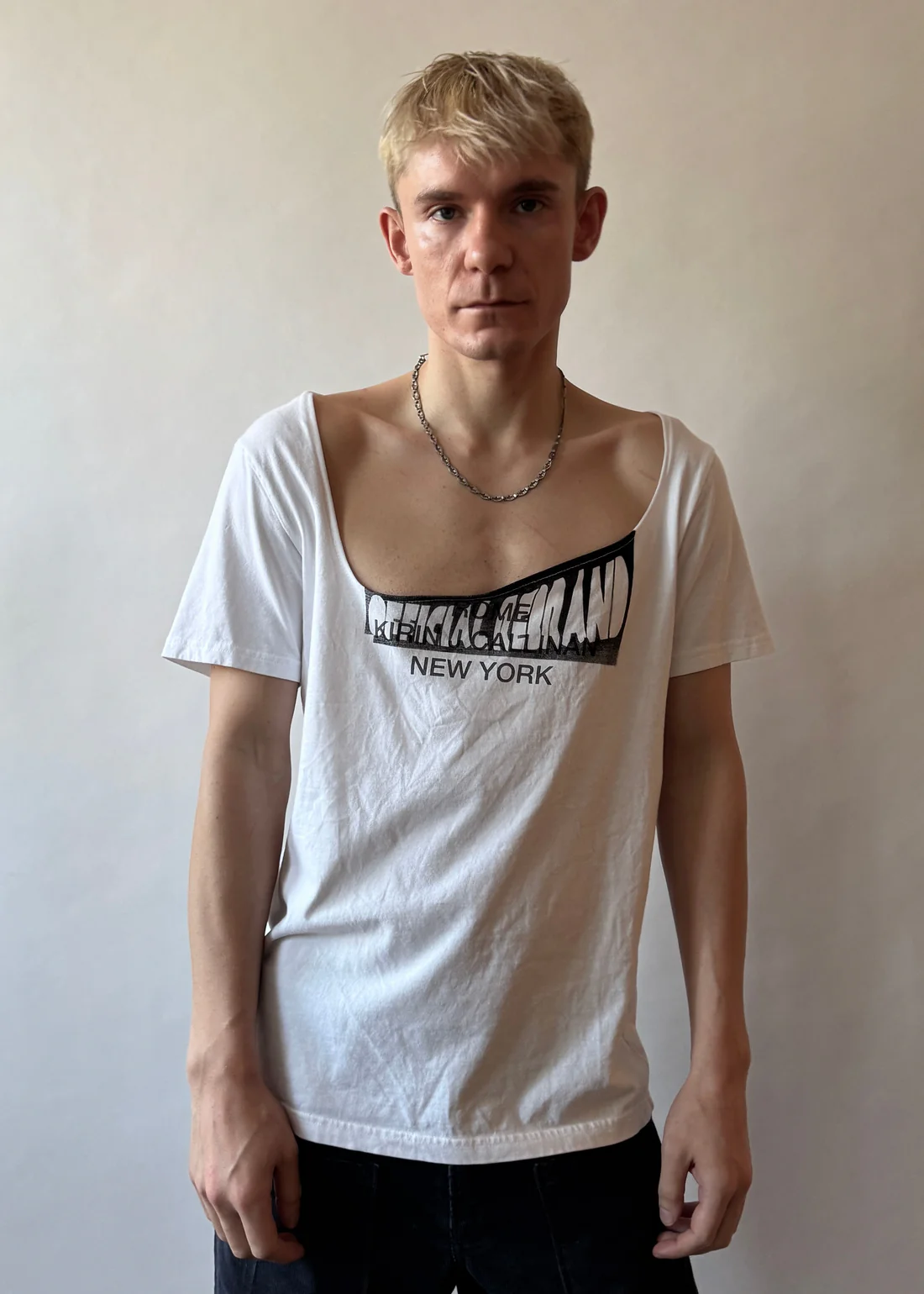
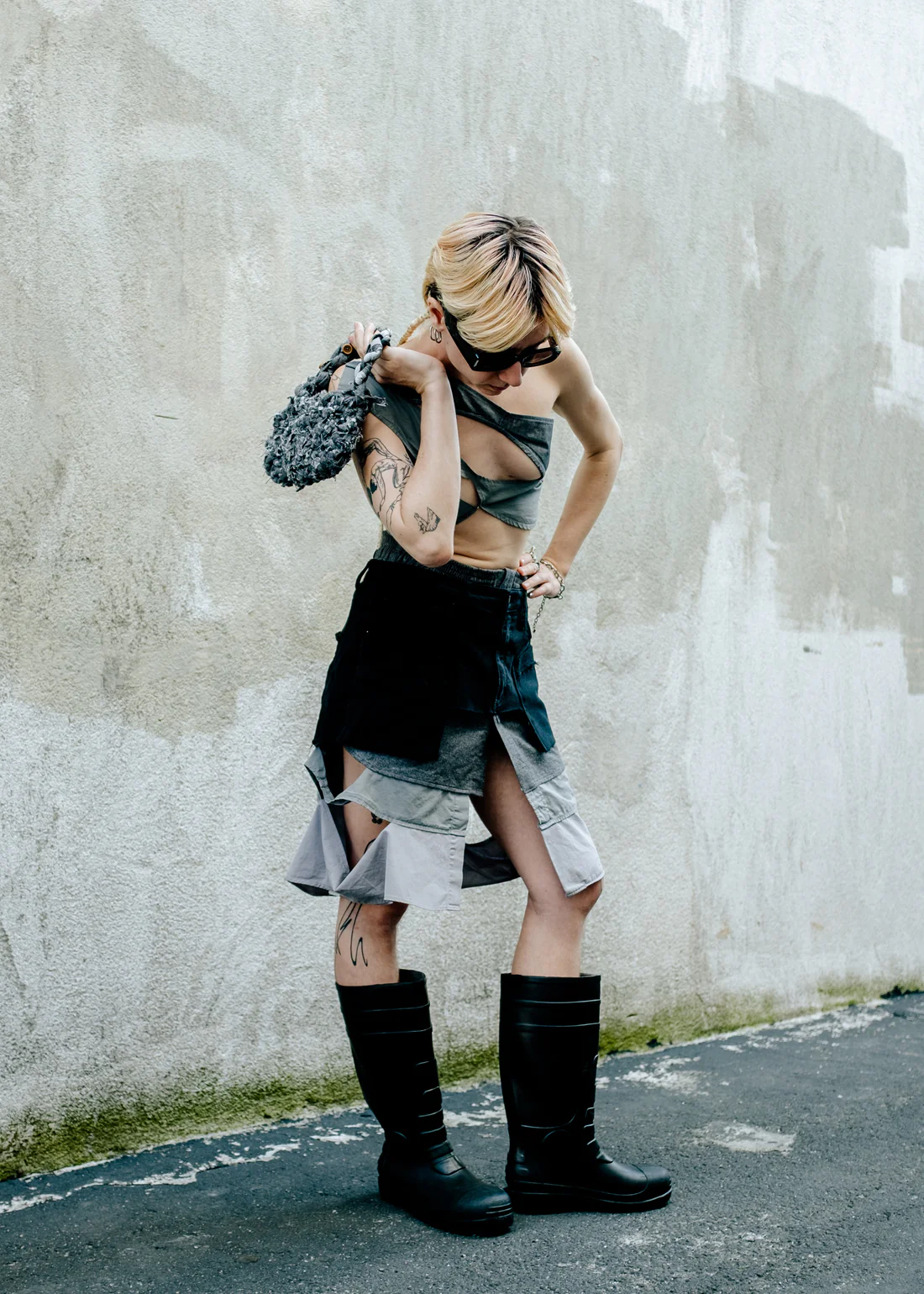
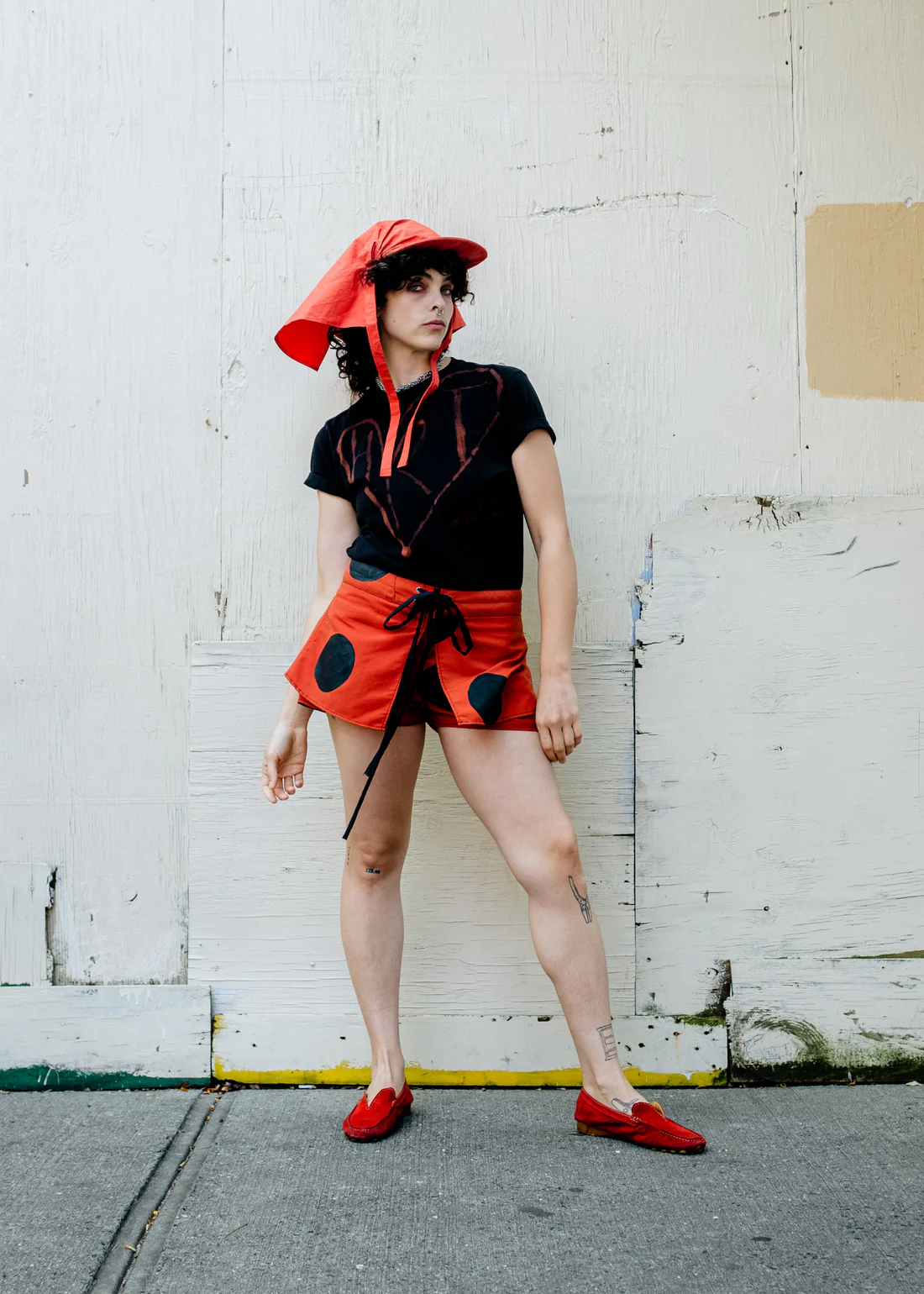
On the streets, Pride attendees are bringing their A-game. Think platform boots worn with bare chests, pastel-dyed buzzcuts peeking through bucket hats, and mesh tops layered over leather harnesses. Glitter beards, feather boas, and body chains are back in full force, reinvented for a generation that’s never content with the status quo. Whether I’m observing these looks from the sidelines or catching glimpses on my feed, the creativity never ceases to amaze.
But the shift isn’t just stylistic—it’s political. After years of backlash against rainbow capitalism, many queer individuals are turning to DIY fashion, thrift shopping, and mutual aid clothing swaps to find their unique style. It’s a rejection of performative allyship and an embrace of radical self-expression. Instead of shopping at big-box stores with limited “Pride collections,” people are buying directly from LGBTQ+ artists, sewing their own statement pieces, and painting their truths onto denim jackets and safety-pinned skirts.
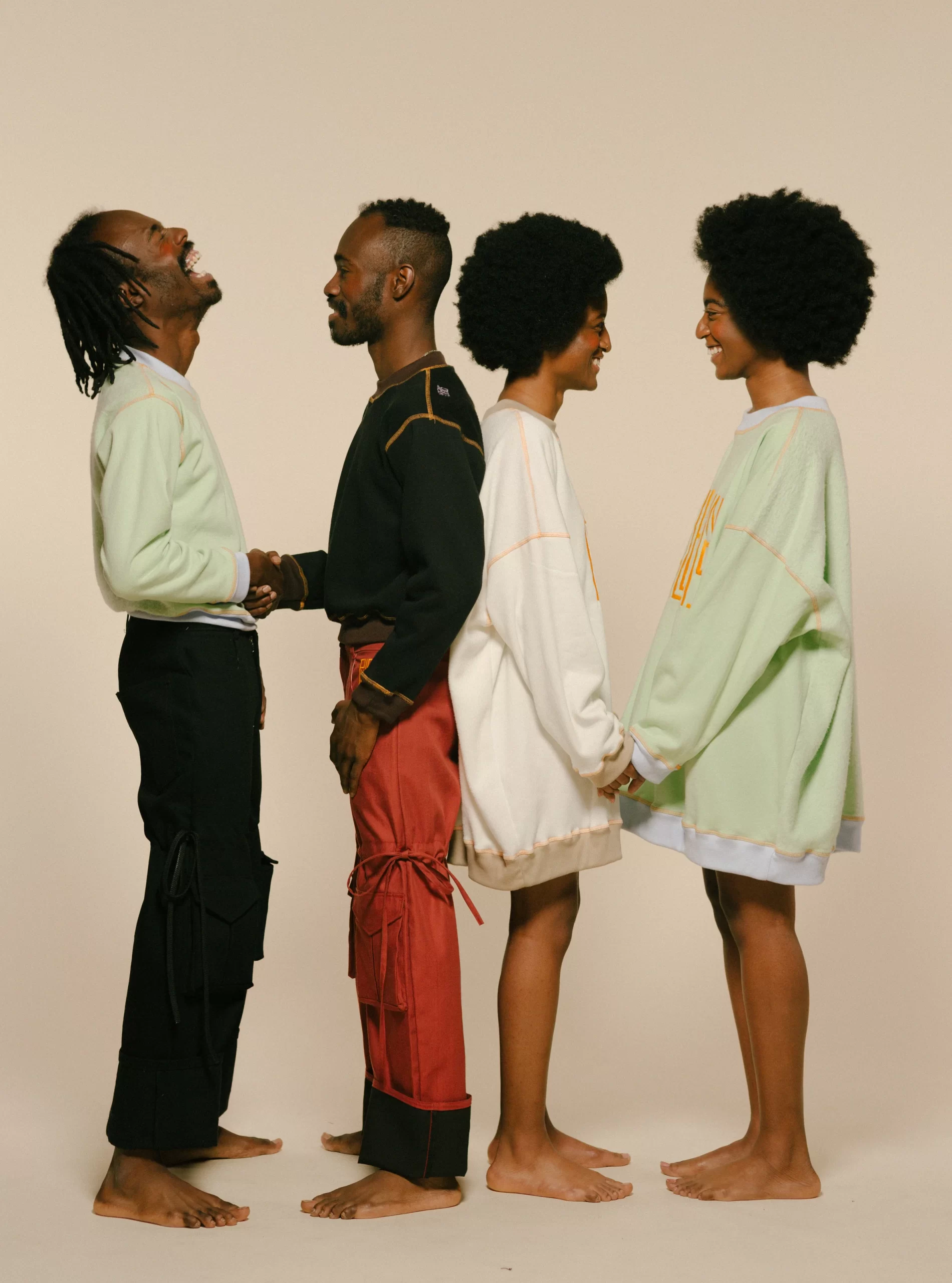
Pride fashion influencers are also reshaping the narrative. They’re educating followers about queer fashion history, sharing tutorials on how to deconstruct garments, and calling out greenwashing and tokenism. These digital ateliers have become powerful spaces for community and creativity—places where I continue to learn, listen, and reflect.
Pride fashion is also becoming more global in its outlook. Designers from Seoul, Johannesburg, and Mexico City are influencing New York City’s Pride scene, creating a feedback loop of queer aesthetics that transcend borders. Collaborations between diaspora designers and local artisans highlight the interconnectedness of liberation movements and the threads that tie them together.
This Pride, it’s not about dressing up to fit in—it’s about dressing up to be seen. That visibility is electrifying, and for those of us watching, listening, and supporting, it’s a reminder that allyship is not just about showing up, but about celebrating and amplifying the fierce originality of those whose lives inspire the movement.
Let us know how you celebrate fashion this Pride Month!
XOXO,
Your Fashion Bestie
